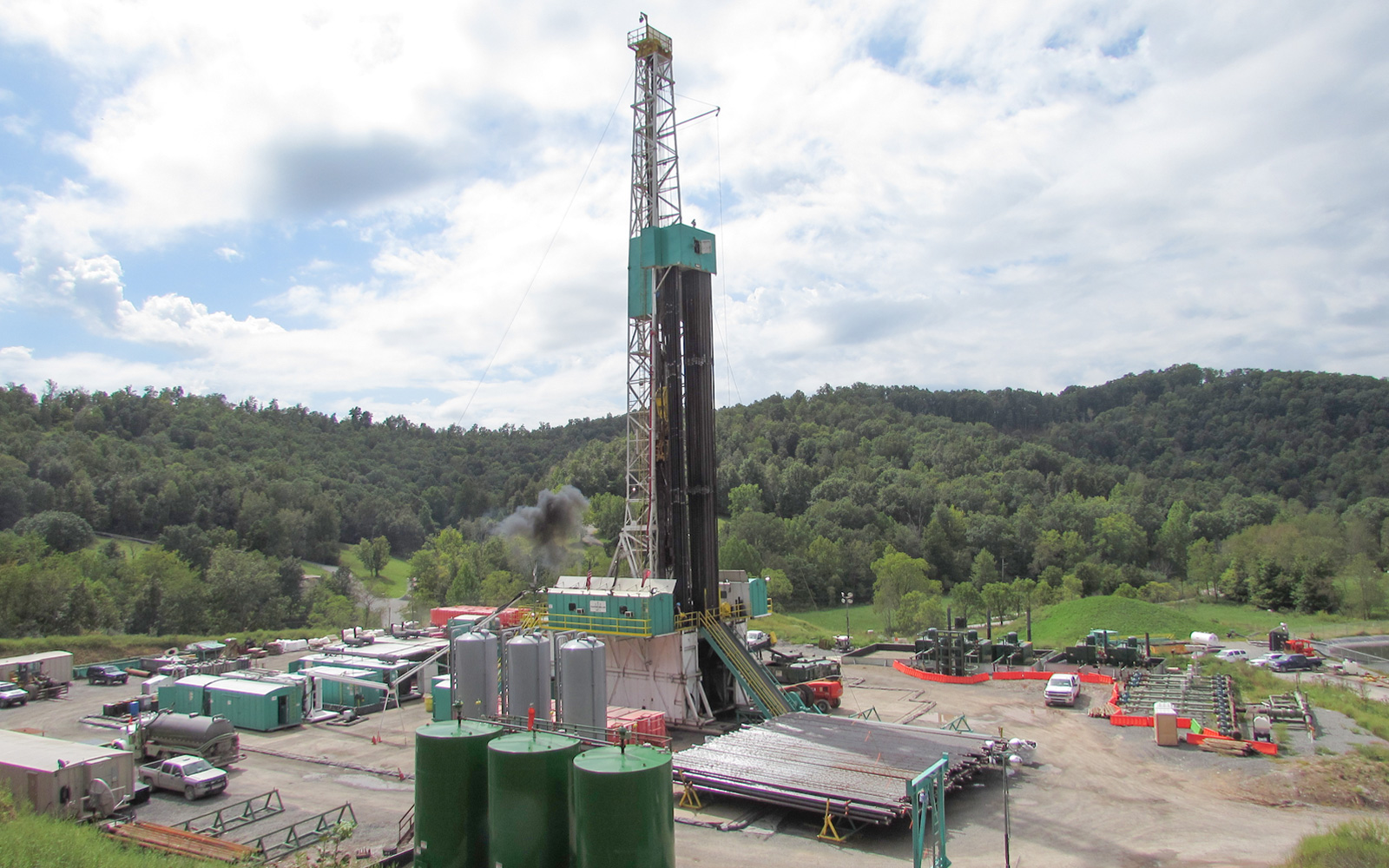Oil and Gas Emission Inventory Development

Project Brief
The Challenge
Since 1990, the U.S. Environmental Protection Agency has periodically released an inventory—the National Emissions Inventory—documenting emissions of criteria pollutants and hazardous air pollutants from sources nationwide. For the oil and gas sector, the NEI traditionally focused solely on emissions from point sources (e.g. gas processing plants, pipeline compressor stations, and refineries). Except for limited data from a few states, the NEI did not include information on emissions from nonpoint oil and gas activities. In recent years, however, drilling technology advances have enabled a boom in unconventional oil and gas development (e.g., fracking), which has dramatically increased emissions from both point and nonpoint oil and gas sources. This made it increasingly important for the NEI to include emissions from nonpoint oil and gas sources, but no national inventory for such sources was available.
ERG's Solution
To close this gap, ERG’s emissions inventory team developed methods for estimating county-level emissions of criteria pollutants and HAPs from nonpoint upstream oil and gas production facilities. Our emissions inventory specialists then developed a tool for states and EPA to use in estimating emissions from 18 nonpoint source types—including drill rigs, well completions, hydraulic fracturing pump engines, heaters, storage tanks, dehydration units, pneumatic devices, fugitives, truck loading, and wellhead and pipeline compressor engines. Designed to make the estimation process transparent and easy to implement, the tool enables users to input all data needed to estimate nonpoint source emissions and to readily update estimates as needed.
Client
U.S. Environmental Protection Agency